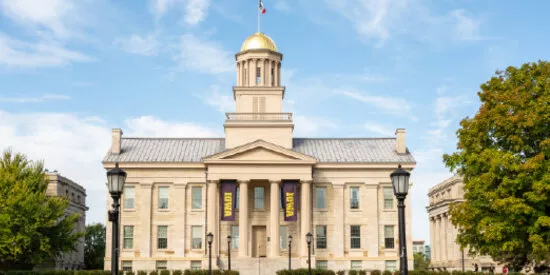
Turning Carbon Removal into a Bankable Asset Class
As demand for net-zero strategies grows, nature-based carbon credits are gaining traction—supported by innovative financing and a rapidly expanding voluntary market. Chestnut Carbon (“Chestnut”), a leader in the nature-based carbon removal sector, exemplifies the growth and potential of the market. Societe Generale participated as Lender in the development of Chestnut Carbon’s Sustainable Restoration Project in the Southeast United States.
As corporations around the world pursue their net-zero journey, high-quality, durable carbon removal credits have emerged as a critical tool to abate residual emission. By actively removing carbon dioxide from the atmosphere through methods such as afforestation, reforestation and revegetation (ARR), these credits offer an increasingly accessible solution for contributing to reducing environmental impact.
The broader voluntary carbon market has seen notable growth over the past year and is projected to reach as much as $35 billion by 2030, according to investment-research firm MSCI – up from an estimated $1 to $3 billion by the end of 2025. Independent project validation, robust offtake contracts and experienced project developers are key features driving sustained growth in this market.
Chestnut Carbon (“Chestnut”), a leader in the nature-based carbon removal sector, exemplifies the growth and potential of the market to help address broader environmental issues. The company has secured $250 million in funding to support its expansion, which is the largest voluntary carbon market fundraise in 2025.
Converting 60,000 acres of unproductive land into biodiverse forests
Societe Generale has long been committed to financing the development of solutions aimed at reducing the global carbon footprint, from investments in renewable energy to electric vehicle infrastructure and nature-based solutions.
Most recently, the bank participated as Lender in a $210 million non-recourse project finance facility to support the development of Chestnut Carbon’s Sustainable Restoration Project currently spanning over 60,000 acres of land in the Southeast United States. The initiative converts unproductive or degraded agricultural land into robust, biodiverse forests, which will generate high-quality carbon credits to be sold to Microsoft under a 25-year take-or-pay offtake agreement, advancing Microsoft’s mission to reach a carbon negative footprint by 2030.
The first large-scale finance facility for a nature-based carbon removal project
The transaction marks one of the largest carbon removal agreements in the U.S. to date, removing nearly 7.5 million tons of carbon, and represents the first large-scale project finance facility for a nature-based carbon removal project in the country.
“Over the years, we’ve built a proven track record of financing sustainable initiatives that advance the global effort to combat climate change and reduce our environmental impact,” said Eric Kim, Head of the Energy + Group at Societe Generale Americas.
Marie Clara Buellingen, Head of Sustainable Finance at Societe Generale Americas, added, “This first-of-its-kind debt financing for a nature-based carbon removal project demonstrates that nature-based solutions can be structured as an investable, bankable asset class. We’re proud to have played a role in making this milestone happen. As the carbon removal sector matures and grows, we are optimistic that this landmark deal not only paves the way for broader adoption and investment, but also highlights the importance of robust project validation, predictable cash flows, and scalable impact—key characteristics that underpin the bankability of such projects from a financing standpoint."
“We are grateful to have Societe Generale join the syndicate of other top-tier lenders in this first-of-a-kind financing transaction,” said Greg Adams, Chief Financial Officer at Chestnut. “The strong syndicate of lenders that have come together to underwrite this facility shows that developers who have executed long-term offtake contracts with investment-grade counterparties for high-quality, nature-based carbon credits can access lower cost capital, traditionally associated with more mainstream industries such as power. Together with Societe Generale and our other lenders, we have demonstrated that the voluntary carbon market is bankable. We hope this deal will help catalyze further financial innovation and investment in this space.”
View error, use summary wall block instead




